
How Hong Kong rose to become tallest city in the world
With more than 7,800 high-rises, the city soars above all others
With more than 300 buildings surpassing 150 metres (490 feet) in height, and more people living on the 15th floor or higher than anywhere else, Hong Kong is the tallest city in the world.
From the first tall building in the 1930s, the growth of our 7,833 high-rises is of undeniable significance. According to Guinness World Record estimates, Hong Kong is the world’s tallest urban agglomeration, with the combined height of all skyscrapers surpassing 330 kilometres (205 miles).
Moreover, according to estimates by the Hong Kong government, the city has a population density of 6,698 people per square kilometre – making it one of the world’s densest, and most vertical places.
This week, City Weekend explores four Hong Kong landmarks that rose above the endless jostle for space and development, some with histories that go as far back as their floors climb high.
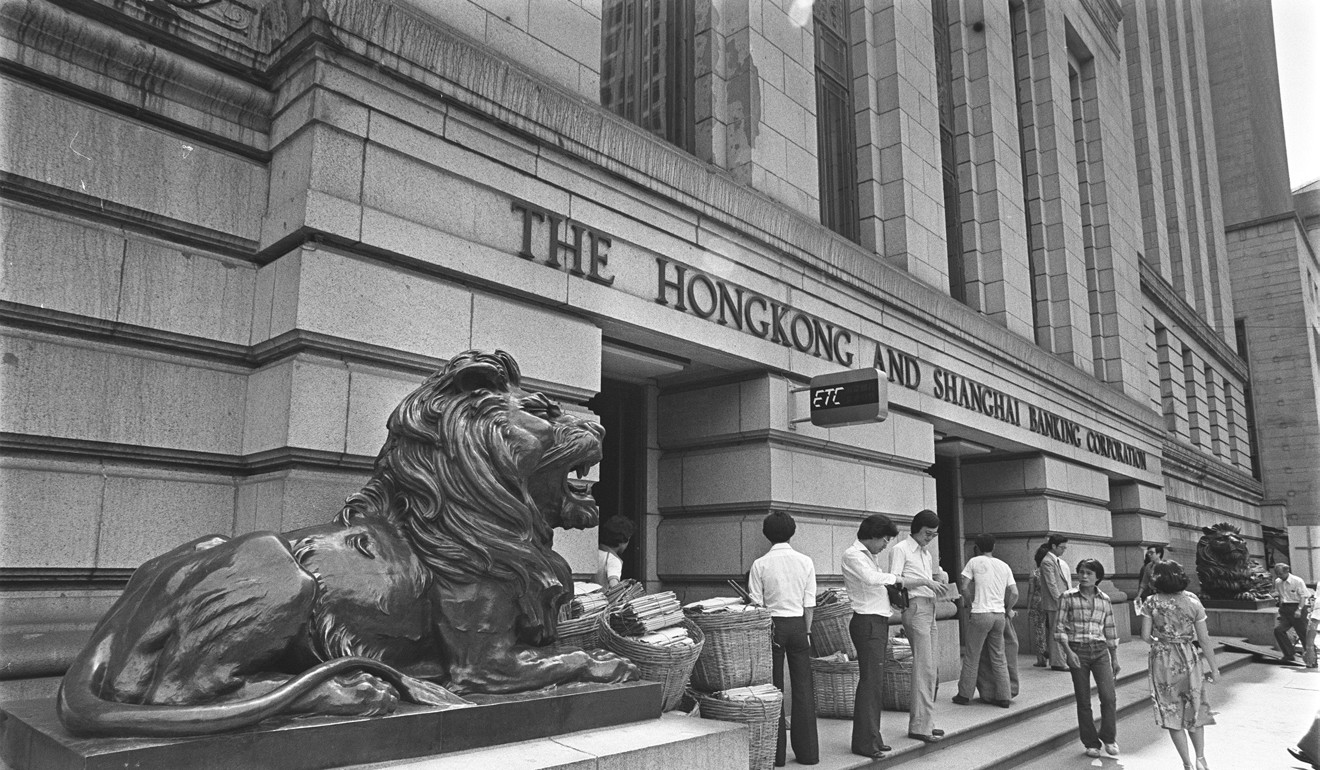
1935 – HSBC
The first high-rise in the city was the Hongkong and Shanghai Banking Corporation’s Main Building which opened in 1935. At 70 metres, it was Hong Kong’s tallest building for years but by the 1970s it had outlived its usefulness as the bank needed more space. It was demolished.
Watch: a bird’s-eye view of claustrophobic Hong Kong living
However, at 44 floors, the current Main Building is far from being one of the city’s tallest but its significance in the fabric of Hong Kong is undeniable.
Construction finished on November 18, 1985 and at HK$5.2 billion (US$667 million), it was the most expensive building in the world at the time. It is the fourth in a line of previously constructed HSBC headquarters in the city.
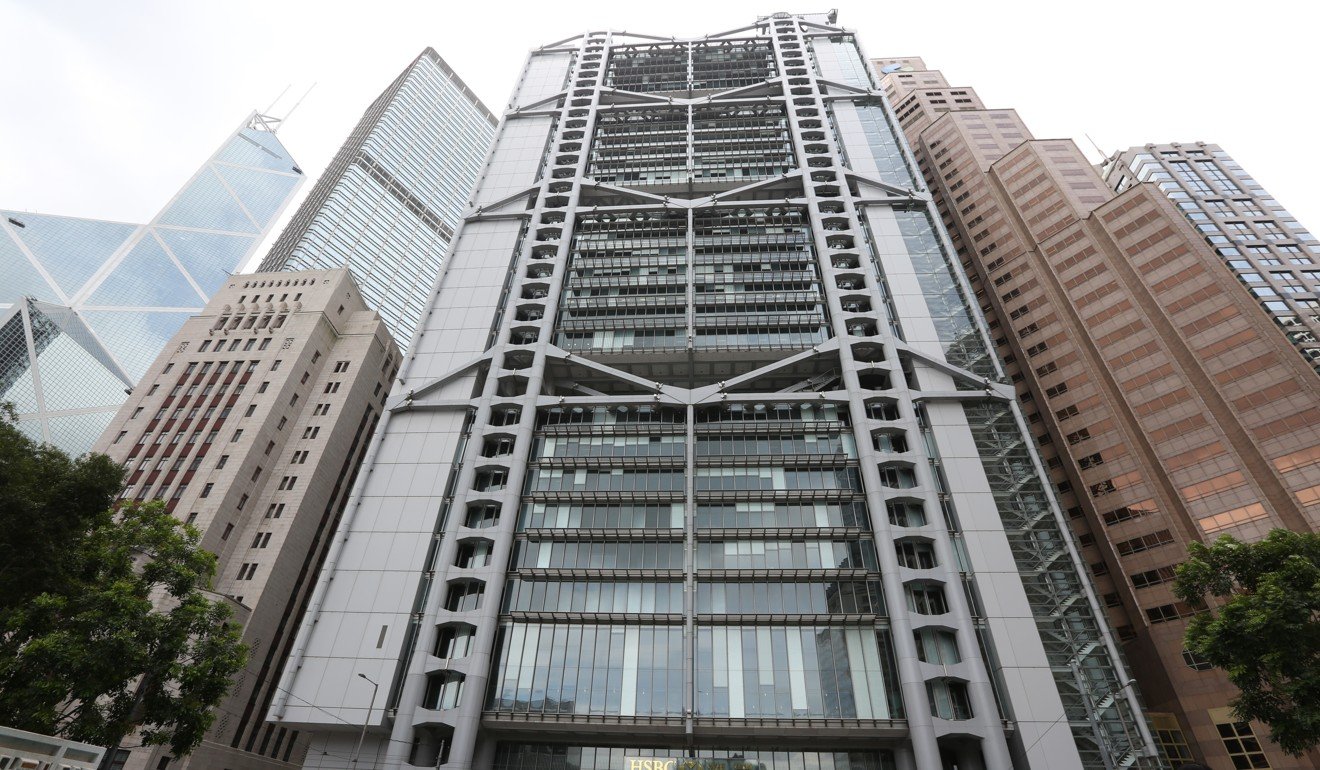
Designed by British architect Norman Foster, the building is believed to have excellent feng shui. The ground-level atrium invites positive energy into the building, and the escalators leading to the main entrance are angled to prevent evil spirits. Two large bronze lions, named Stephen and Stitt, guard the entrance and symbolise wealth and prosperity for the bank.
Living the high life: Hong Kong tops world charts for skyscrapers
The now golden paws and noses of the lions bring luck and prosperity to anyone who rubs them. While official records do not confirm or deny this, legend has it that the lions were caught in the crossfire of the 1941 Battle of Hong Kong, and now bear the shrapnel damage to prove it.
After the nearby Bank of China Tower was completed, perceived to be a knife in HSBC’s side, two cannon-shaped structures were added to the roof of the building – aimed directly at its rival – to protect the fortunes of the company.

1961 – Chungking Mansions
While this Tsim Sha Tsui landmark, made famous in the 1994 Wong Kar-wai film Chungking Express, is not considered a high-rise compared with the city’s other towering structures, it is notorious for its use of space – 17 floors of crammed flats alongside seedy budget hotels and money changers create a claustrophobic environment.
How architects are changing high-rise life with amazing balconies
Chungking Mansions is one of Hong Kong’s densest buildings. From the outside, it’s nothing special, a residential complex atop a two-storey shopping arcade in the style of so much of Hong Kong. Entering Chungking Mansions, however, brings visitors into a whole new world.
The colossal five-block building, which houses more than 4,000 residents, was designed to be almost entirely self-sufficient. Fifteen levels of residential units sit atop a lively market which is home to 18 licensed restaurants, countless food stalls and stores. You can buy everything from used cellphones to hand-sewn traditional clothing and authentic Nepalese feasts.
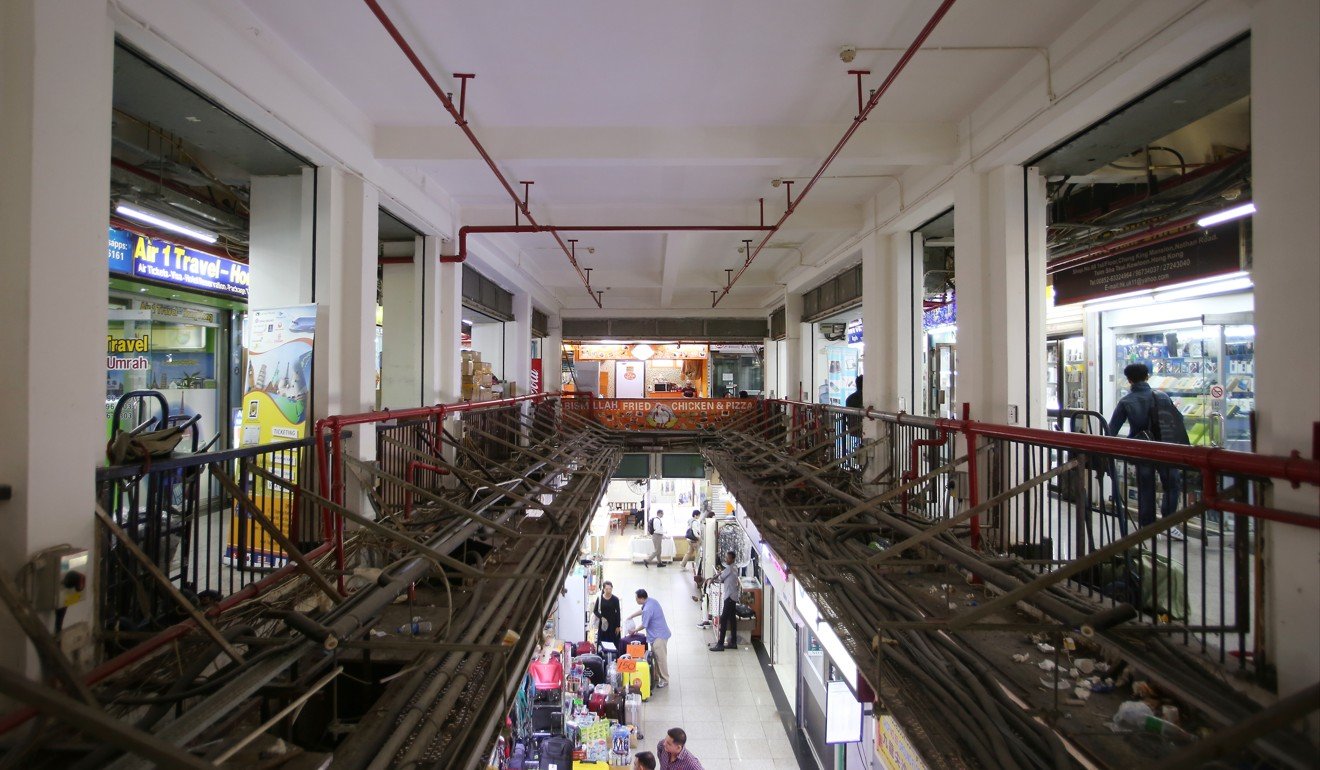
Chungking Mansions is known as a microcosm of low-end globalisation. It gets about 10,000 visitors a day including both tourists and locals, and people from more than 130 countries check into Chungking Mansions each year.
To some people, the building has a reputation of being a dangerous ghetto, to others, it is a foodie heaven. To the South Asian, Middle Eastern and African immigrants who fill the space inside Chungking Mansions, the building is a home away from home.
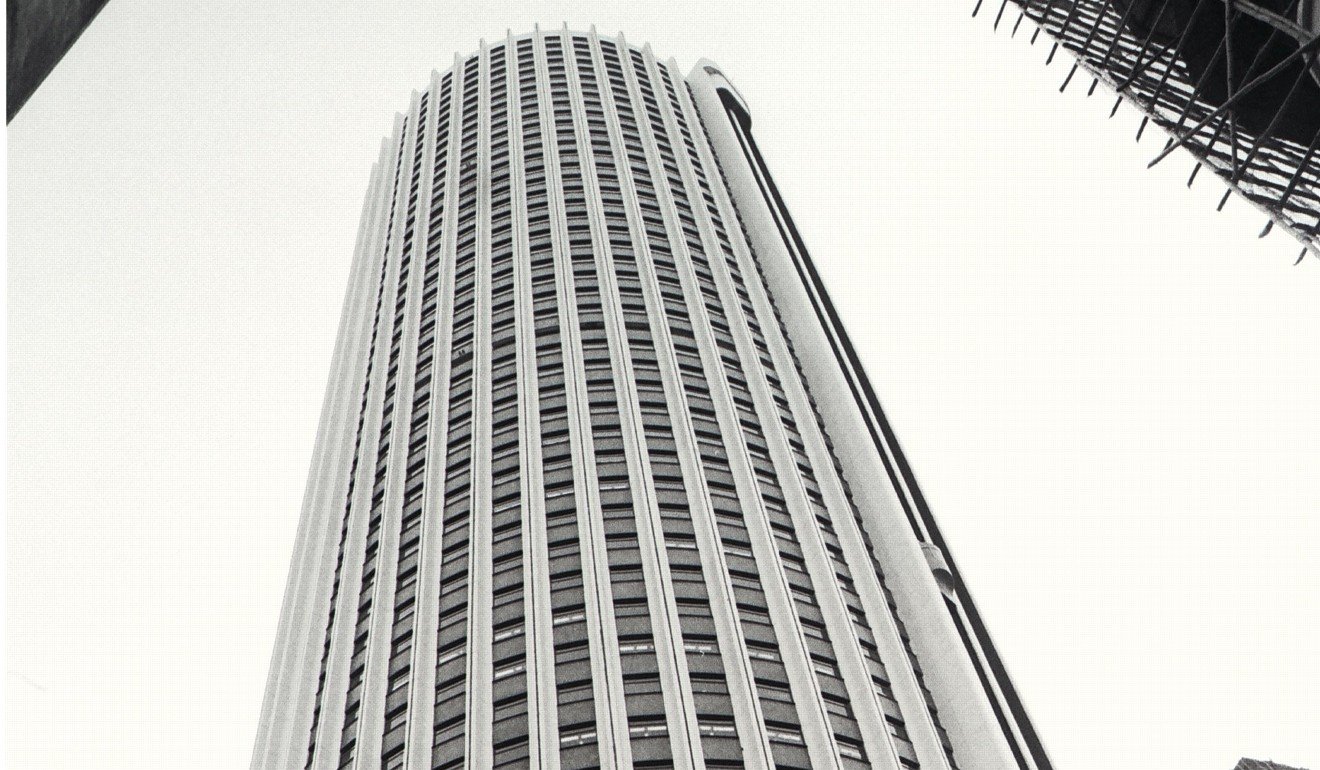
1970s – Hopewell Centre
The Hopewell Centre was the first circular skyscraper in Hong Kong. At 64 storeys and 216 metres, it was the second tallest building in Asia at the time of completion. Today, however, it is only the 20th tallest structure in Hong Kong.
Through the street-level entrance, visitors use a set of escalators to reach the third-floor lift lobby. Uniquely, due to its location at the foot of a steep hill, the building’s back entrance is on the 17th floor.
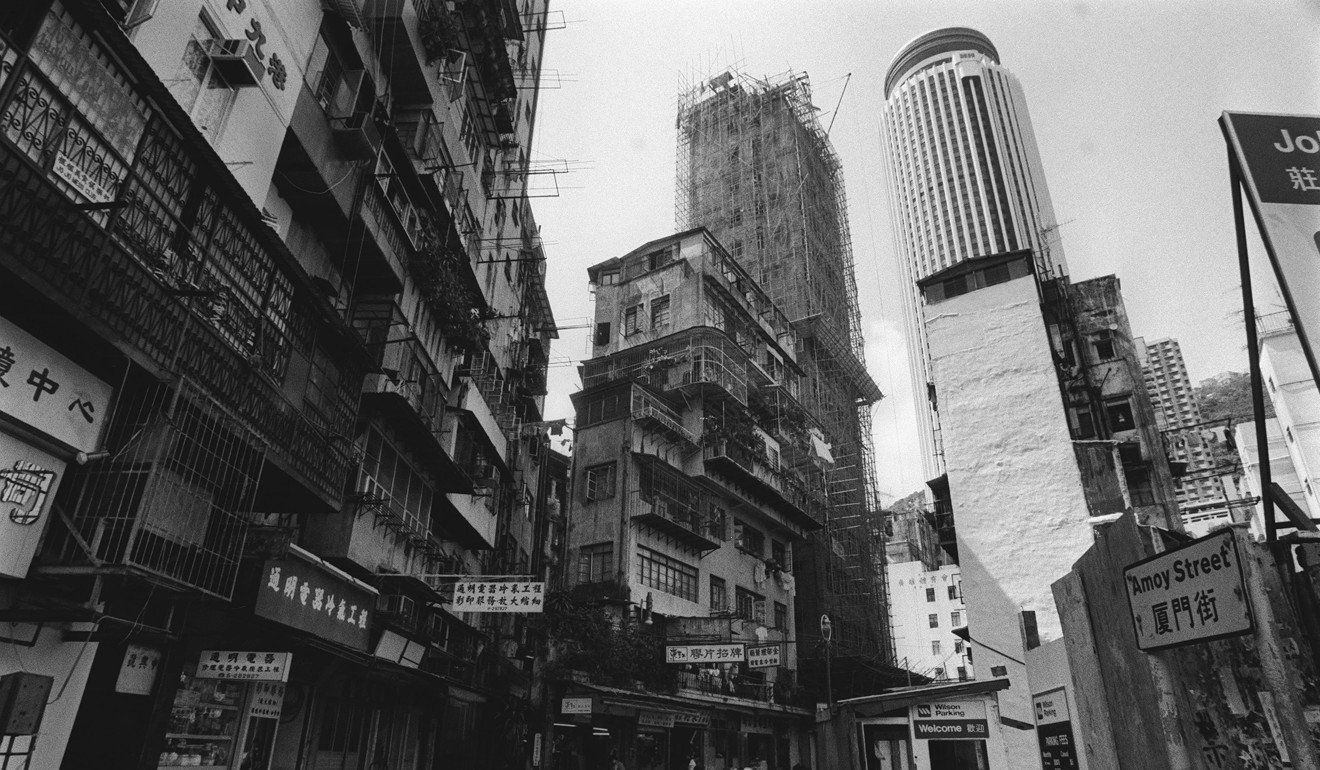
Like many of Hong Kong’s buildings, the Hopewell Centre functions as a multipurpose space, with shops on the lower floors and offices on higher levels.
A revolving restaurant, The Grand Buffet, is located on the 62nd floor with panoramic, rotating 360-degree views of the city below. The breathtaking views come at a price – HK$658 per adult for dinner, and a more affordable HK$248 for lunch.
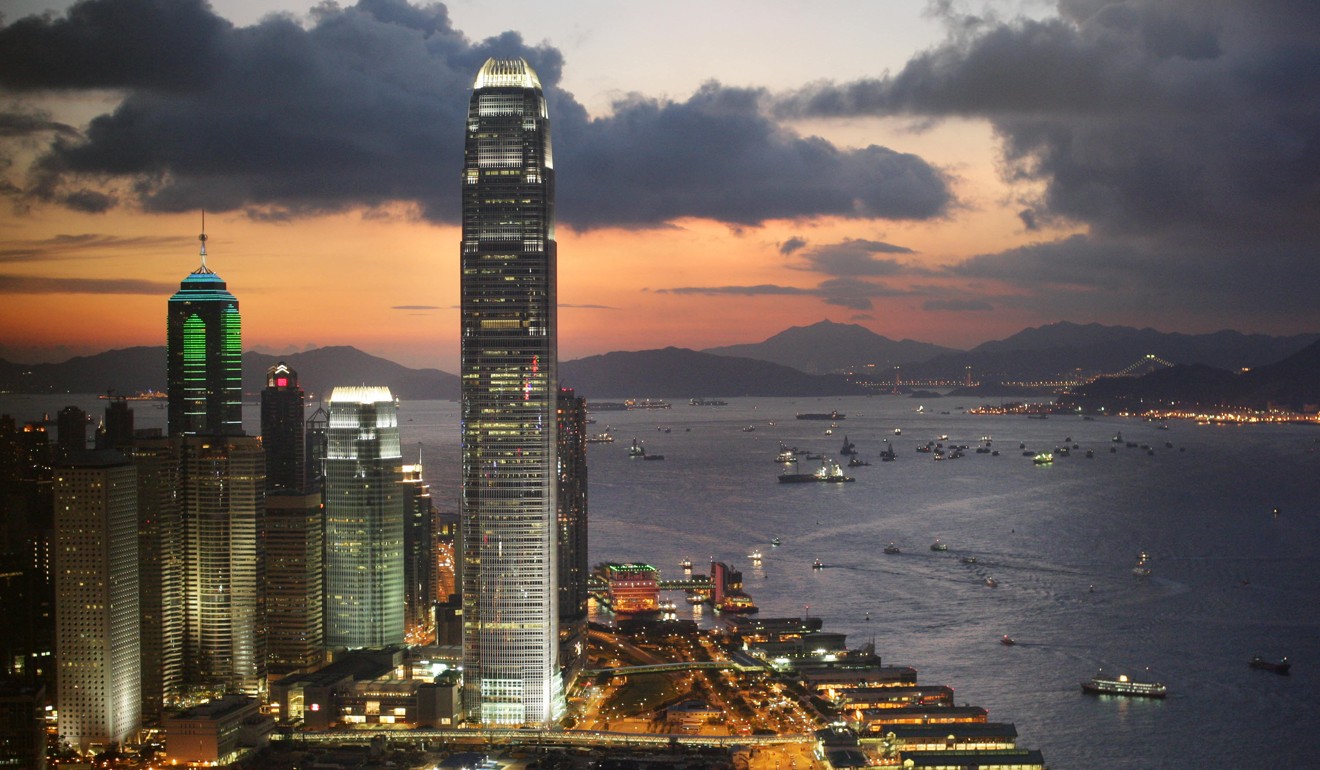
1998-2003 – International Finance Centre (IFC)
IFC is arguably the most recognisable and prominent landmark on the waterfront of Hong Kong Island. The integrated office and shopping complex consists of two skyscrapers, a 55-storey Four Seasons Hotel, and shopping centre.
Both IFC One and Two were completed during traumatic years for the city. IFC One opened in December 1998, at the end of the Asian financial crisis. Later, IFC Two came into being at the height of the SARS epidemic. Like many buildings in Hong Kong, the complex does not feature a fourth or 14th floor for superstitious associations of the number four with death.
Today, IFC Two is the second tallest building in Hong Kong after the International Commerce Centre in Kowloon. The IFC towers have featured in a few popular Hollywood films, including The Dark Knight and Lara Croft Tomb Raider: The Cradle of Life.

